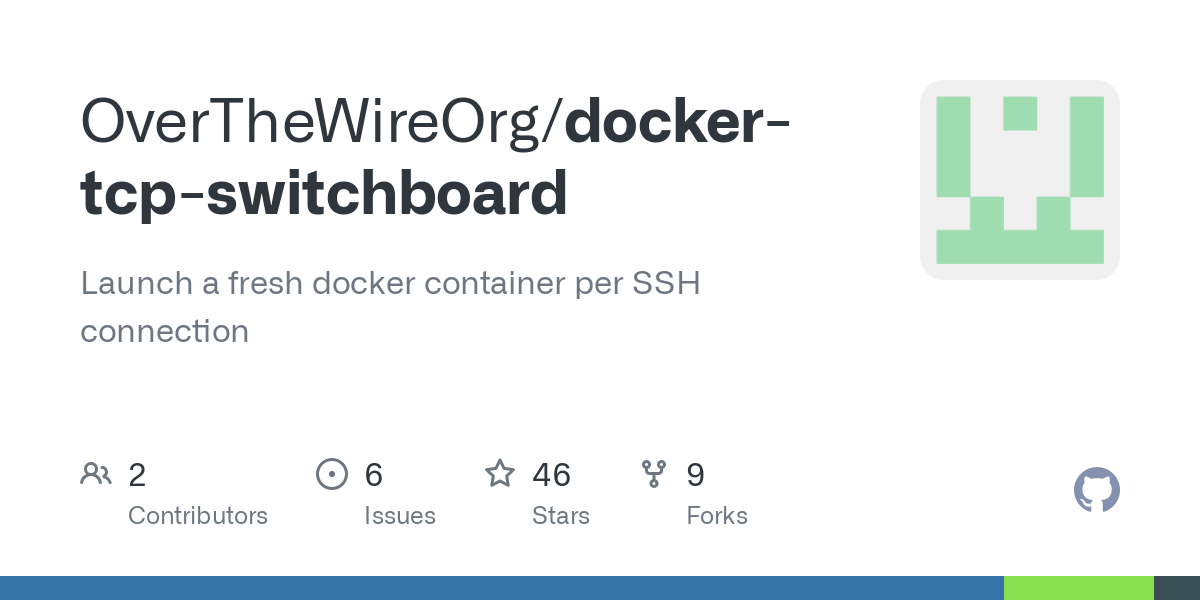

Yeah, I read that manual but it didn’t answer my question.
The big problem is that the arch wiki describes a setup with nested subvolumes first (in a subvolume below @ or whatever your root subvolume is), but then suggests in a tip to use a subvolume directly below the top level subvolume. The limitations mentioned in that manual don’t seem to apply to either setup, as they would prevent swap from working, which is not the case. I have tested both setups and they work fine — or so it seems. I’m worried there is some hidden gotcha I’m missing.
in addition to that, some of those limitations simply don’t apply to my setup, as I only have a single device.





Zotero is a citation manager, with a firefox extension to save an article (but really, a tab) with one click.
It also has fulltext search. You can search snapshots of everything you save.
“But I can’t save all my tabs at once”
(There are some solutions, but nothIng official)
Save as you go. Computers simply don’t have enough ram for 2000 tabs.
Anyway, it also seems to be able to run javascript plugins, and I saw you have some experience with that.
It also has support for folders, so you can organize it a bit better than tabs work for that.